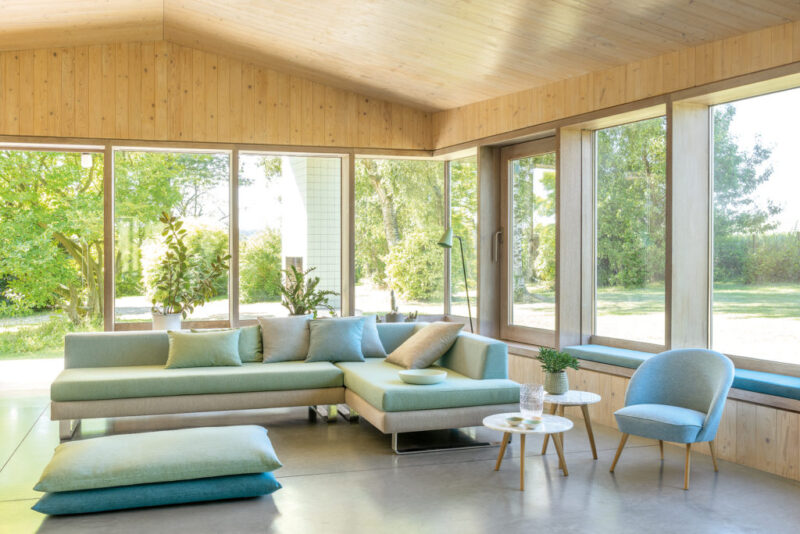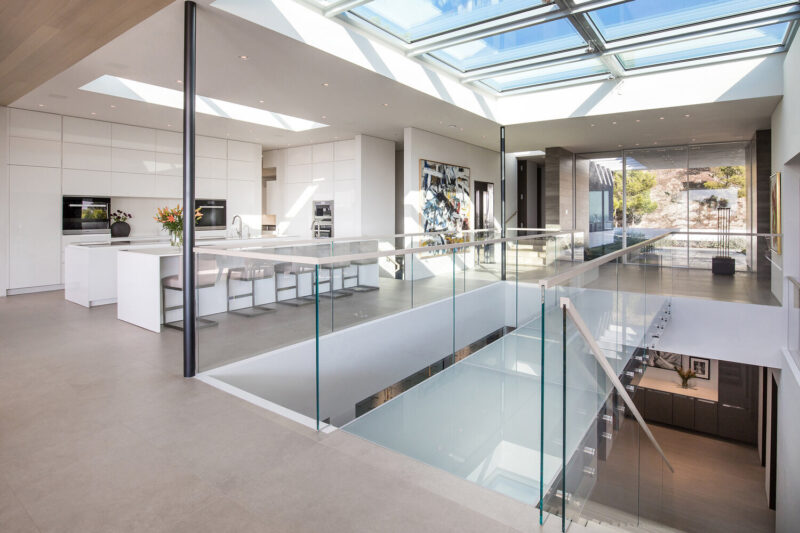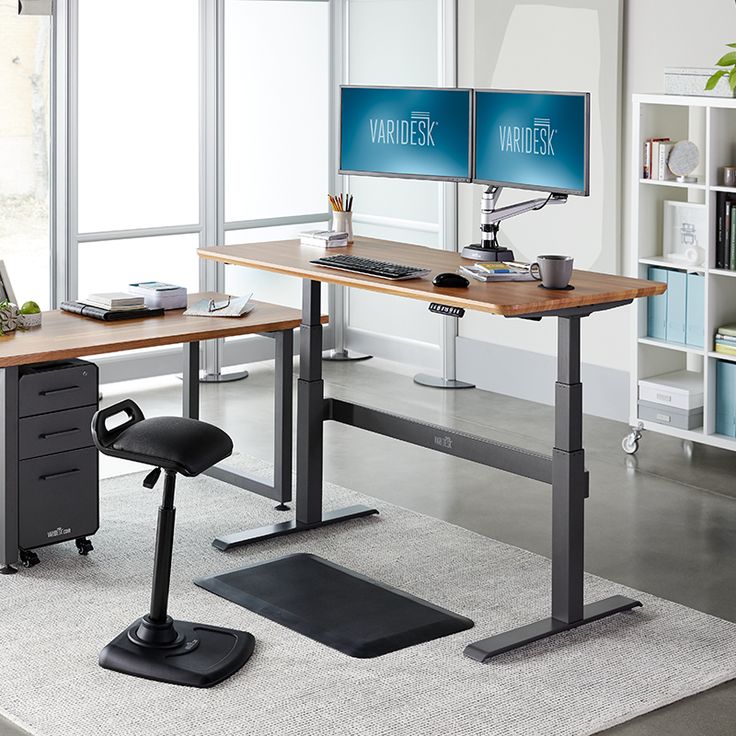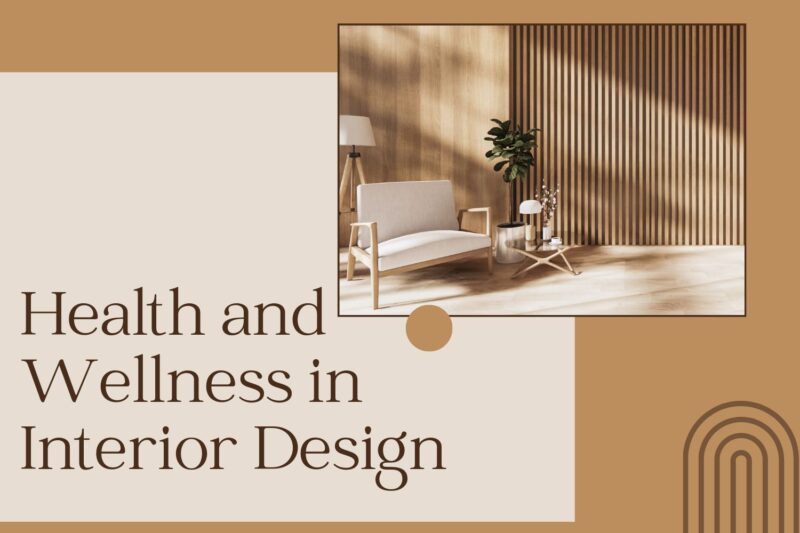Have you ever walked into a space and instantly felt at ease? Whether it’s the spa room, the energising environment of a well-lit office, or even the comfort of your living room, the way places make us feel is not accidental. Interior designers increasingly realise how profoundly our surroundings could affect our health and well-being.
Many professionals are turning to Interior Design Certifications focusing on health aspects, such as indoor air quality and biophilic design, to create healthier, more thoughtful spaces. Welcome to the world of wellness design, where form meets function, and beauty aligns with health.
How many interior designers expressly incorporate wellness ideas into their works? And which certificates enable experts to master these health-related design elements? Let’s see it here.
Combining Health and Design

Health focuses on nutrition, exercise, and mental wellness. But have you ever considered how your living environment influences your health? From the shades in your environment to the air you breathe, your psychological and physical state is greatly influenced by it.
Today, interior designers are including health concepts in their designs to produce environments that feel good and look great. Wellness design is about building surroundings that inspire, protect, and nurture. Every component can significantly affect our quality of life; therefore, including them in design projects will help create better, more pleasant living environments.
Prioritising Indoor Air Quality
Let us start with one of the most fundamental components of health, that is the air we breathe. Bad indoor air quality can cause several health issues, from allergies to more severe respiratory disorders. But did you know attentive planning and clever material selections can enable interior designers to improve air quality?
Designers can give air quality top priority by:
- Ventilation: Ensure environments have appropriate ventilation systems that let fresh air flow through them.
- Non-Toxic Materials: It chooses low volatile organic compounds paints and furniture free of hazardous chemicals that could affect the air.
- Air-Purifying Plants: These include naturally occurring air filters and cleaners like snake plants and peace lilies.
Harnessing Natural Light for Well-Being

As everyone knows, sunlight is essential for our health. It increases our mood and helps control our sleep. So, how might designers maximise natural light in a space?
- Placement of Windows: Strategically placed skylights and windows will boost the natural light entering a room.
- Reflective Surfaces: Mirrors and other reflecting surfaces can magnify natural light, enhancing places’ brightness and inviting quality.
- Open Layouts: Open layouts foster openness and warmth by letting light pour naturally from one space to another.
Designers can turn dark, small areas into brilliant, cheerful surroundings with a few creative modifications. Harmonising the interior and outdoor environments is about achieving this.
Bringing Nature with Biophilic Design
Among the most intriguing wellness concepts in interior design is biophilic design. Reconnecting individuals with nature is everything; it dramatically increases mood, inspiration, and well-being.
What then does biophilic design in reality resemble?
- Natural Patterns: Including natural shapes and patterns in furniture, décor, and artwork that speak to the outdoors.
- Green Spaces: Including indoor gardens or living walls to bring nature right inside.
- Natural Materials: Bamboo, stone, and wood are the natural materials used in designing.
Studies of biophilic design have found it to reduce stress and boost cognitive performance.
Designing for Comfort with Ergonomics

Have you ever spent hours in an uncomfortable chair and noticed physical effects? Ergonomics is the study of creating surroundings that reduce strain and discomfort so maximising human well-being and output.
Interior designers can apply ergonomic principles by:
- Selecting furniture: Workstations, chairs, and other furnishings are meant to maintain good posture.
- Creating Flexible Workspaces: Designing places for movement, like standing workstations or stretch areas.
- Proper Lighting: Ensuring lighting is suitable for activities helps lower eye strain and fatigue.
Ergonomics affects any location where people sit, stand, or work for long periods, not only in offices.
Conclusion
In interior design, health and wellness are not merely fads but future trends. Therefore, wellness design provides a satisfying and effective approach to creating surroundings that really care for the people who live in them, regardless of your level of expertise, that of a designer wishing to extend your talents or a homeowner trying to make her place healthier. Consider The Knowledge Academy free resources when you need to advance your skills in interior design.


